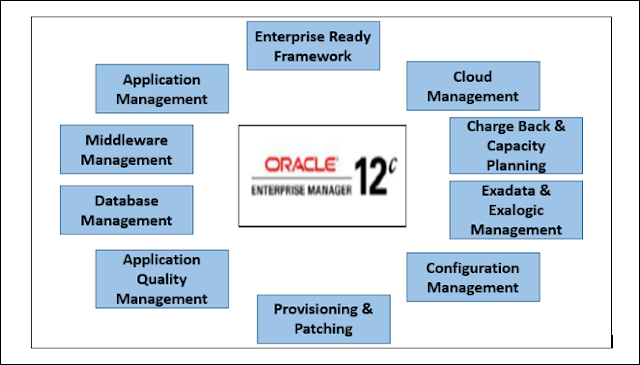ESSBASE integration with OBIEE

Objective: I n this blog I will explain how to create & load data into a Cube in EAS console and import this Cube into OBIEE to build Dashboards on that Cube. Note : Assuming that the reader having basic understanding on Hyperion and OBIEE Tools. I’ll cover the following topics: A. Overview of ESSBASE and OBIEE integration B. Creation of a Cube in EAS Console C. Importing & building Subject Area this Cube in BI Administration tool RPD D. Generate Reports & Dashboard A. Overview of ESSBASE and OBIEE integration ESSBASE Multidimensional database storage system (MOLAP). For complex business modelling. OBIEE Converts Multidimensional Online Analytical Processing (“MOLAP”) data into Relational Online Analytical Processing (“ROLAP”). With ESSBASE as a middle layer, OBIEE...

